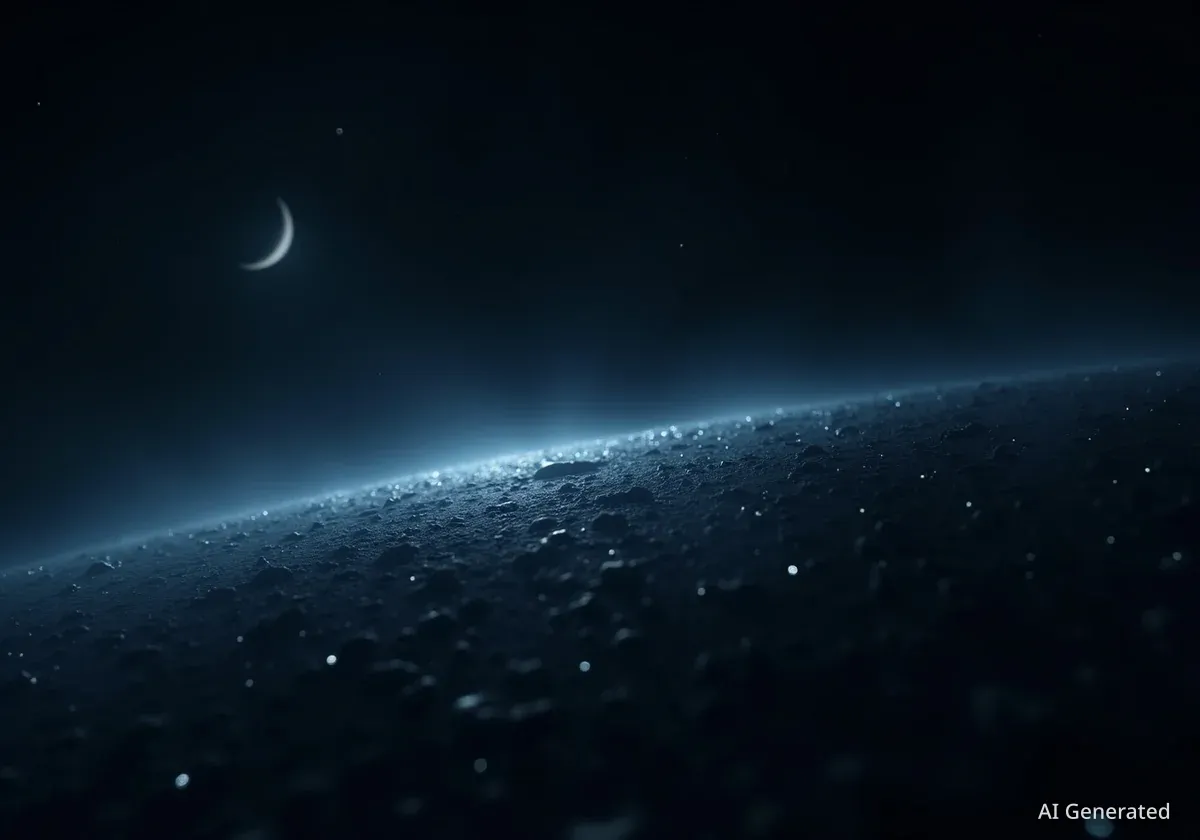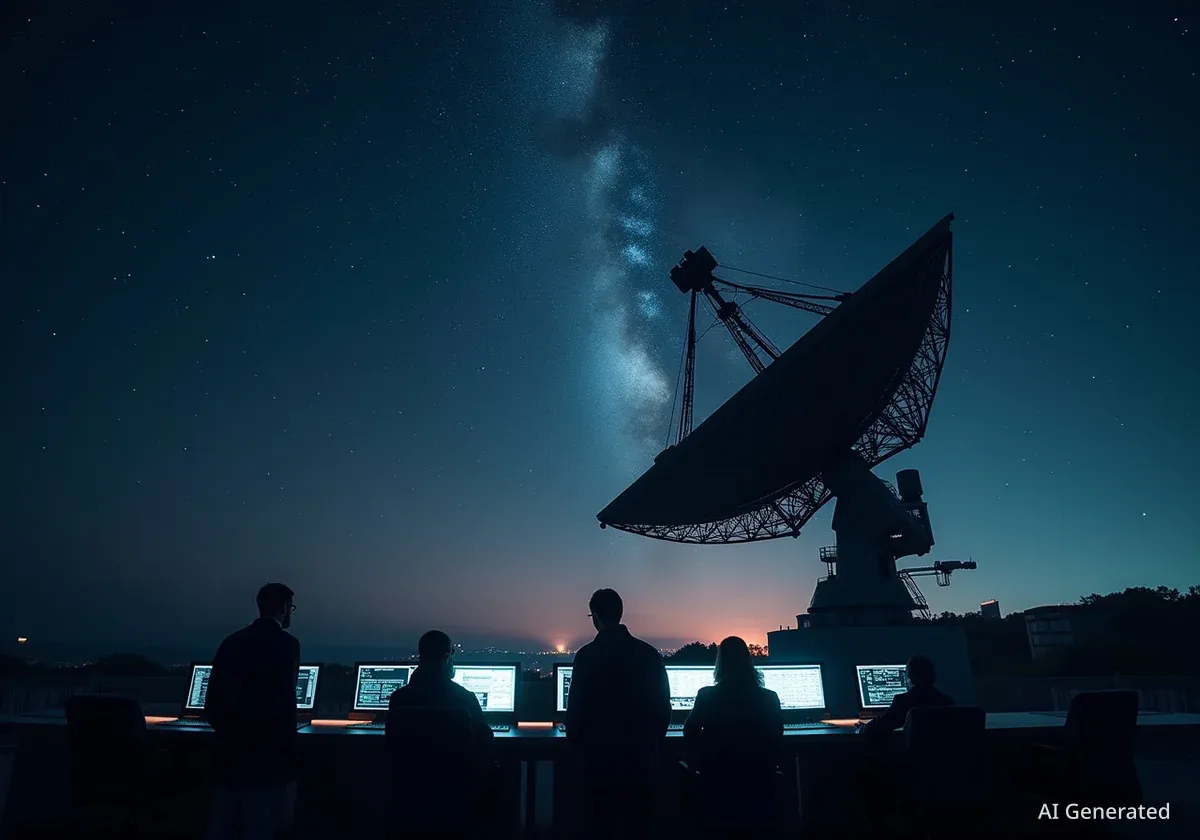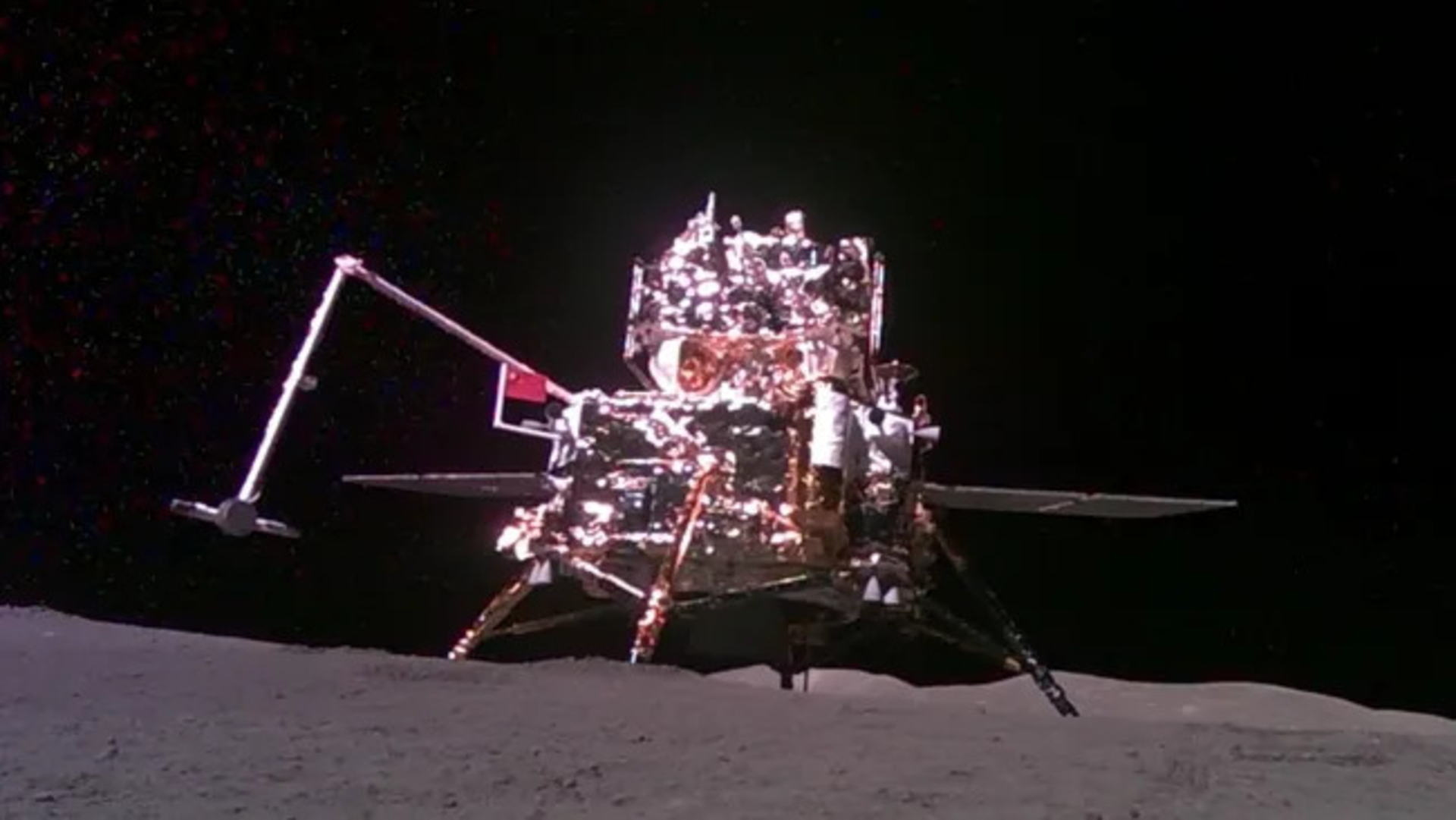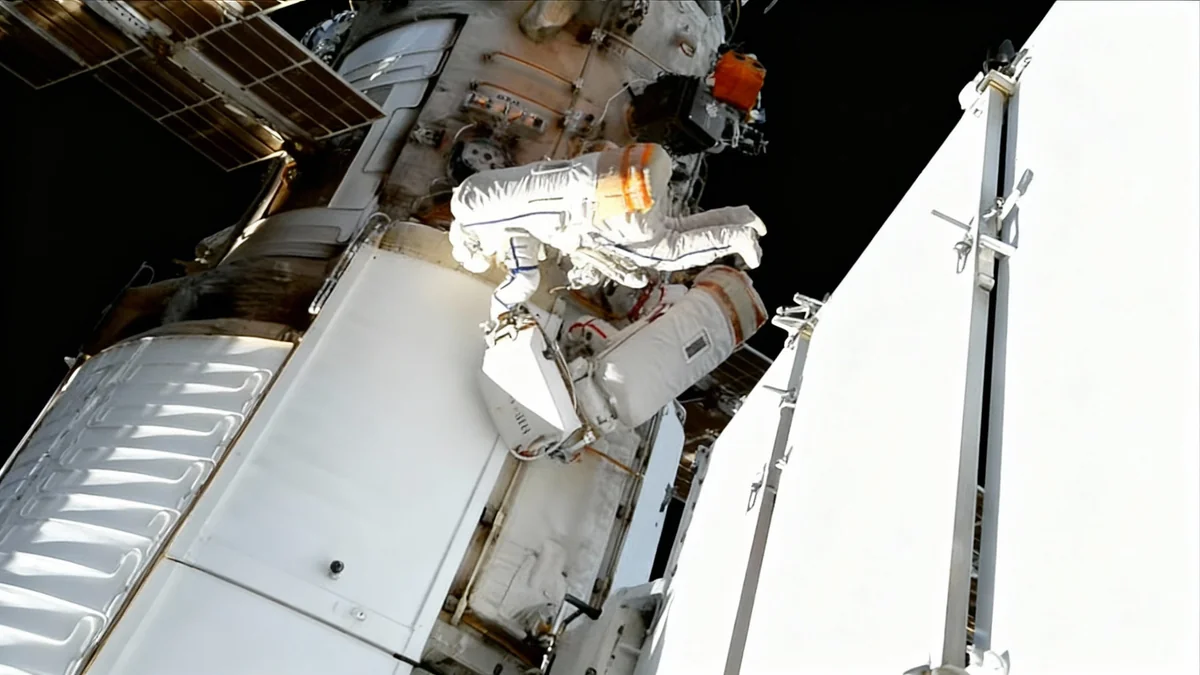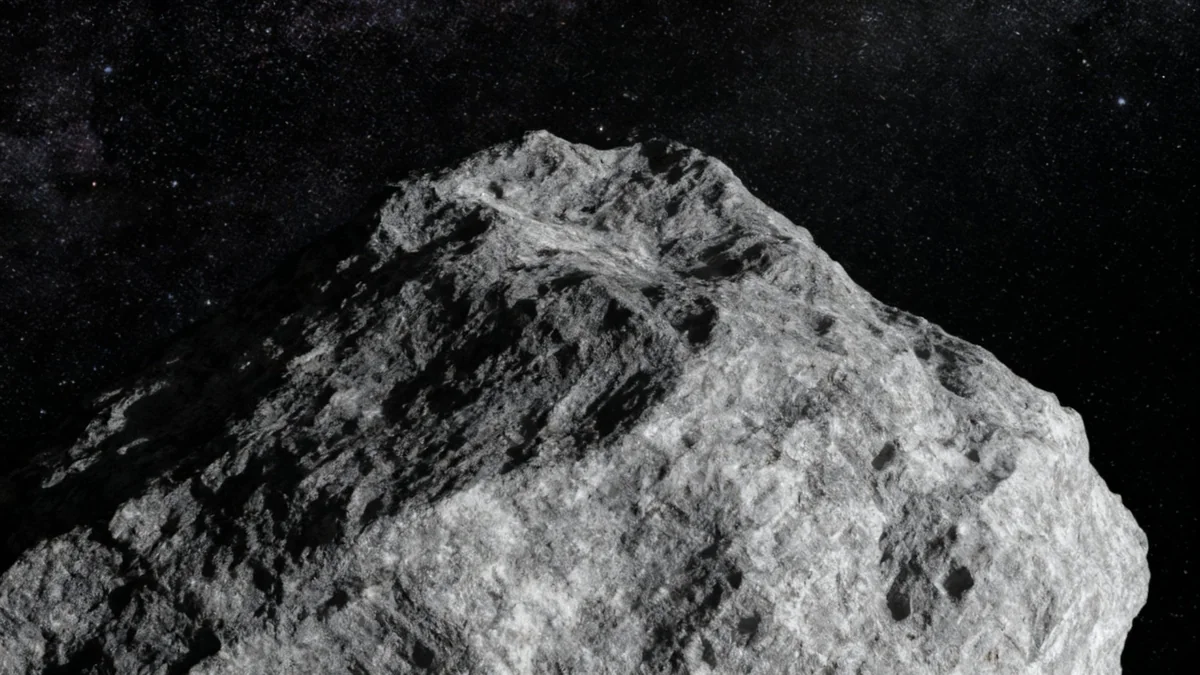A new study reveals a hidden population of asteroids sharing Venus's orbit that are nearly impossible to detect with current telescopes. Researchers warn that while there is no immediate danger, these objects could shift their orbits over thousands of years and potentially cross Earth's path, posing a significant long-term risk.
Key Takeaways
- Scientists have identified a potential group of asteroids, called Venus co-orbitals, that are hidden by the sun's glare.
- These asteroids could be up to 300 meters (328 yards) wide, large enough to cause significant damage upon impact.
- Their orbits are unstable and could transition to Earth-crossing paths over millennia.
- The study highlights the need for space-based telescopes to monitor these hard-to-see regions of the solar system.
A Blind Spot in Planetary Defense
Researchers have raised concerns about a group of asteroids that orbit the sun in sync with Venus. Known as Venus co-orbital asteroids, these objects complete one full circle around the sun in the same amount of time as the planet Venus. This one-to-one orbital resonance keeps them positioned in a region of the sky that is consistently obscured by the sun's intense light from our perspective on Earth.
This alignment creates a significant observational blind spot for ground-based telescopes. Pointing sensitive instruments toward the sun is generally avoided to prevent damage, making it extremely difficult to spot these nearby objects.
What Are Co-Orbital Asteroids?
Co-orbital asteroids are space rocks that share the same orbital path as a planet. They are held in a specific gravitational relationship, or resonance, with the planet. While they follow the same general path, their orbits can be complex and are not always stable over long periods.
The Known vs. The Unknown
Currently, astronomers have identified 20 Venus co-orbitals. However, most of these have highly elliptical or eccentric orbits, with eccentricities greater than 0.38. This means their paths are stretched out, allowing them to occasionally move far enough from the sun's glare to be spotted during brief windows at dawn and dusk.
The new research, published in the journal Astronomy & Astrophysics, suggests a much larger population of these asteroids exists on more circular, low-eccentricity orbits. These objects would remain tightly bound to Venus's orbital path, making them almost permanently invisible to our current detection methods.
Simulating a Future Hazard
The study, led by Valerio Carruba of São Paulo State University (UNESP), used a combination of analytical models and long-term orbital simulations to understand the behavior of these hidden asteroids. The results indicate that this unseen population could include objects up to 300 meters (328 yards) in diameter.
"Our study shows that there’s a population of potentially dangerous asteroids that we can’t detect with current telescopes," Valerio Carruba stated, emphasizing the gap in our current planetary defense capabilities.
The simulations revealed that the gravitational interactions in this region of the solar system make the orbits of these asteroids inherently unstable. Over long timescales, the gravitational pull from other planets can alter their paths significantly.
Potential Impact Scale
An impact from a 300-meter asteroid could unleash energy equivalent to hundreds of megatons of TNT. According to the study's models, such an event could excavate a crater between 3 and 4.5 kilometers (1.9 to 2.8 miles) across.
From Venus's Neighbor to Earth's Problem
The primary concern is that an asteroid's orbit could gradually shift from being closely aligned with Venus to one that intersects with Earth's orbit. According to the research, these transitions are possible, though they occur over very long periods, potentially every few thousand years.
"During these transition phases, the asteroids can reach extremely small distances from Earth’s orbit, potentially crossing it," Carruba explained. While the threat is not imminent, it represents a previously unquantified risk that requires attention.
The potential consequences of such an impact are severe. "An impact in a densely populated area would cause large-scale devastation," Carruba added, highlighting the importance of identifying all potential threats.
The Need for a New Perspective
Even advanced new observatories face challenges. The Vera C. Rubin Observatory, for example, is expected to be a powerful tool for asteroid detection but may only be able to spot the very brightest of these hidden asteroids, and only if they happen to wander far enough from the sun's glare.
Because the orbits are unstable and unpredictable, waiting for them to appear is not a reliable strategy. The researchers argue that the only effective way to find and track these Venus co-orbitals is to use space-based instruments.
- Space-based telescopes can observe regions close to the sun without the interference of Earth's atmosphere.
- Missions like NASA's Near-Earth Object (NEO) Surveyor are specifically designed to operate in infrared wavelengths and can survey these difficult-to-see areas.
- By cataloging these objects, scientists can better predict their future trajectories and assess any long-term risk to Earth.
The study concludes with a call to action for planetary defense efforts to expand their focus. It is not enough to monitor the objects we can easily see; we must also develop the capacity to find those that are currently hidden from view.
"Planetary defense needs to consider not only what we can see, but also what we can’t yet see," Carruba concluded.

